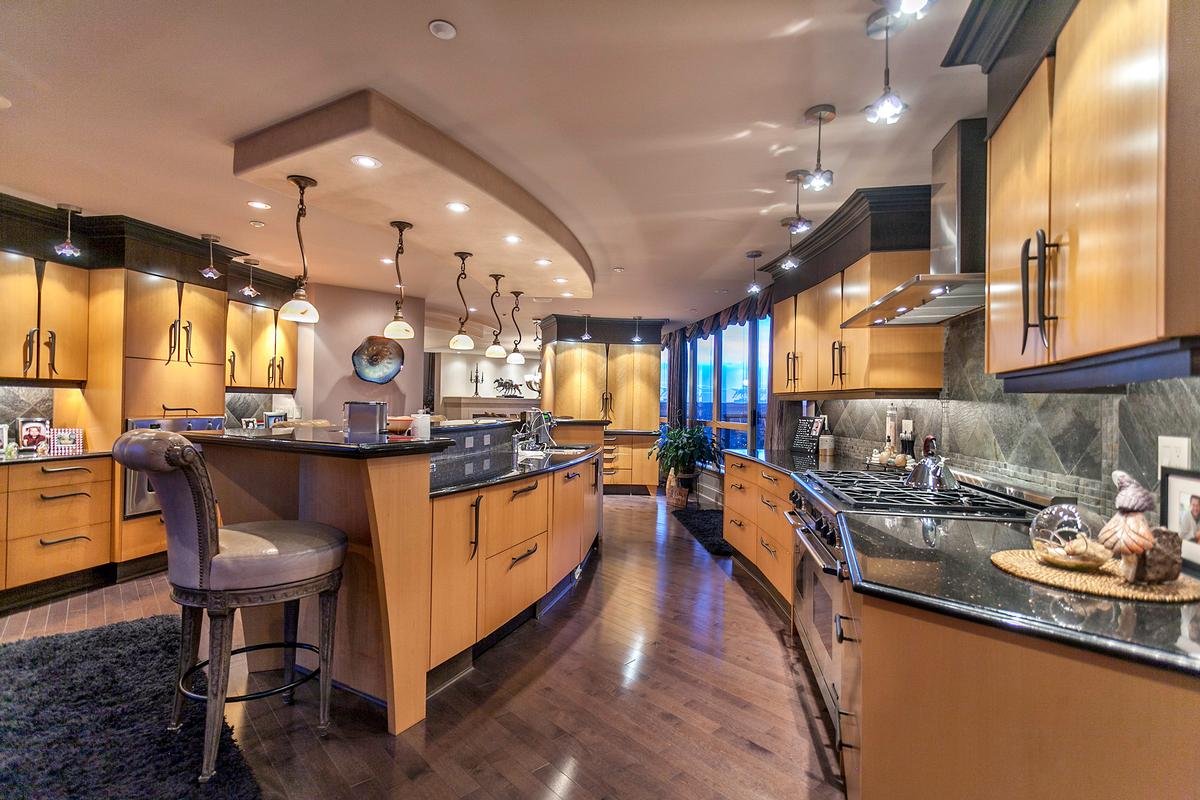How to Design an Ergonomic Kitchen?
A well-designed, ergonomic kitchen can make life easier and more enjoyable. It is essential to have a functional and comfortable kitchen, as we spend a significant amount of time in this space. However, many kitchens fall short of being truly ergonomic due to poor design and inadequate planning. Designing an ergonomic kitchen during Stanford remodelling requires careful consideration of various factors, including the layout, materials, and appliances.
Plan for efficiency and accessibility
When designing an ergonomic kitchen, it is essential to plan for efficiency and accessibility. This means having a layout that allows for easy and convenient movement between key work areas, such as the sink, stove, and refrigerator. Consider placing these areas in a triangular formation to create a functional work zone, known as the work triangle. Additionally, make sure that the cabinets and drawers are within reach and at an appropriate height for the user. This reduces unnecessary bending and stretching, which can cause pain and discomfort. Use pull-out shelves and drawers to make it easy to reach items that are stored in the back. By planning for efficiency and accessibility, you can design a kitchen that is both comfortable and practical to use.
Maximize counter space and storage
One aspect of designing an ergonomic kitchen that is often overlooked is maximizing counter space and storage. Having ample counter space can go a long way in reducing strain and fatigue during meal preparation, while sufficient storage ensures that everything is in its place and easily accessible. When designing your kitchen, consider installing cabinets and shelving units that go all the way up to the ceiling, as this will make the most of vertical space.
Pull-out drawers and shelves can also be a useful way to increase storage and make items easier to reach. Additionally, consider incorporating wall-mounted features such as spice racks and utensil holders, which can free up counter space and keep frequently used items within easy reach. By maximizing counter space and storage, you’ll create a more efficient and comfortable kitchen environment.
Utilize ergonomic furniture and appliances
One of the essential steps to designing an ergonomic kitchen is to consider the use of ergonomic furniture and appliances. These are designed to minimize physical strain that can occur during daily activities. Utilizing ergonomic furniture and appliances in your kitchen can help you avoid unnecessary discomfort or injury while cooking or working in the kitchen. Some of the ergonomic kitchen furniture and appliances options that you might consider include adjustable height countertops, easy-grasp cabinet handles, pull-out drawers, and appliance garages.
To further alleviate stress on your wrists, hands, and fingers, you can look for home appliances that have digital controls that are simple to operate, larger displays, and automatic functions. It is crucial to verify the ergonomic ratings of any piece of furniture or equipment that you are considering purchasing, and it is also a good idea to ask for recommendations from professionals that specialise in ergonomic design. The ultimate objective is to design the space in such a way that it promotes your physical well-being and lessens the likelihood that you will sustain an injury while carrying out duties in the kitchen.
In order to create a kitchen that is both aesthetically pleasing and ergonomically sound, the space must be designed with functionality and practicality in the forefront of the design process. You can make your kitchen a more ergonomic and productive area by putting into action the tactics described in this post. These strategies include making the most of available work surfaces, cutting down on unnecessary steps, and introducing smart storage solutions. If you take the time to assess the requirements of your kitchen and plan accordingly, you will be able to have a more relaxed and enjoyable time in the kitchen and at the table for many years to come.
